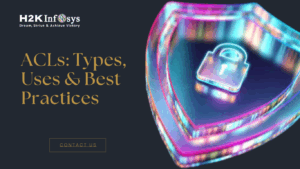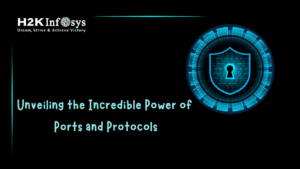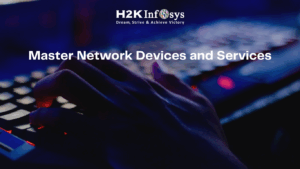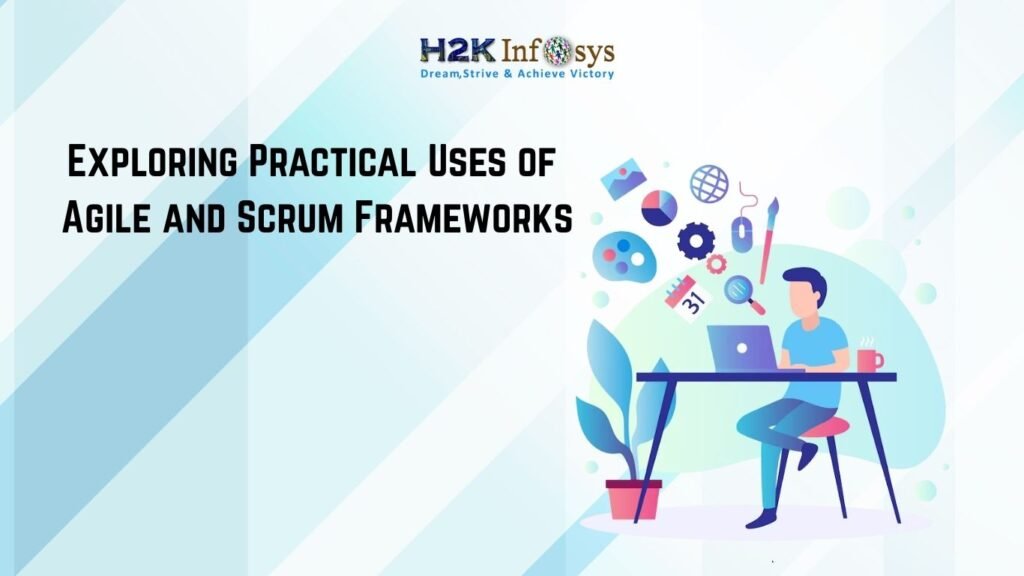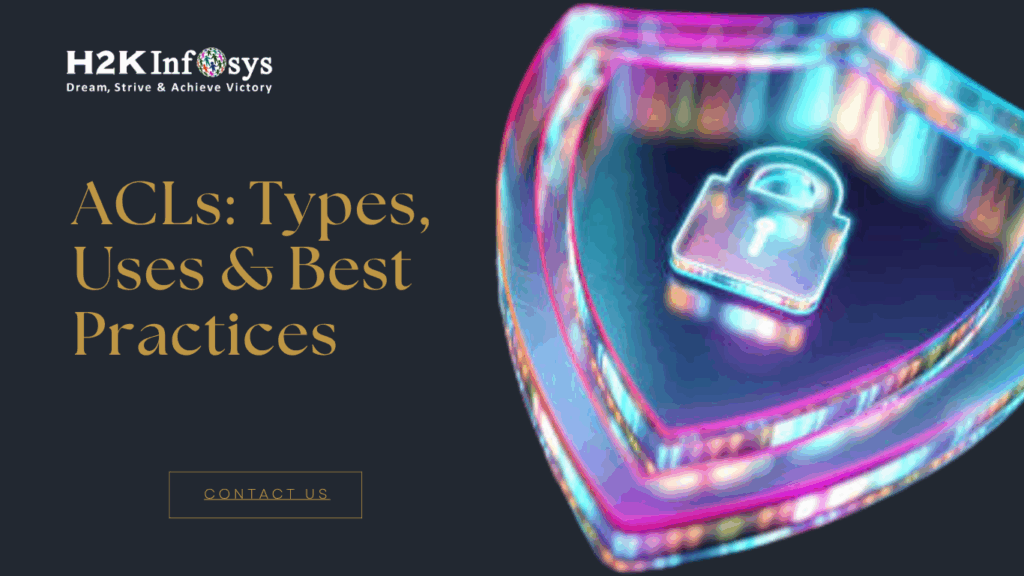Companies often deal with cyberattacks. Minimising the possible damage to the company requires swiftly recognizing, stopping, or correcting the security concern.
The identification of a cyberattack by an organisation is largely dependent on its indicators of compromise (IoCs). These are specific kinds of forensic evidence that indicate the systems of a company may have malware or some other kind of cyberthreat. An essential component of an organisation’s security posture and the advantages that extended detection and response (XDR) systems offer to the company is the monitoring, management, and action of IoCs. Check out our cyber security training course online to learn more.
How to Identify Indicators of Compromise
To assist in identifying IoCs, organisations should put in place a comprehensive security monitoring program. In order to locate IoCs, companies should search for:
- Unusual patterns of network traffic.
- Unknown or known-to-be-faulty system files or processes.
- Suspicious or peculiar efforts to log in.
- Anomalous activity in privileged and user accounts.
- Increases in the number of read and write access attempts for corporate files.
- Alterations to programs, files, or the Windows Registry.
Examples of Indicators of Compromise (IOC)
IoC takes a variety of forms. Common examples of IoC include:
- Unusual patterns of network traffic, including a lot of data exiting the network.
- Anomalies in geographic traffic, such as traffic originating from nations in which a business does not conduct business.
- Programs that are unknown or that match threat intelligence feed hashes.
- Unusual behaviour from privileged and administrative accounts.
- Strange attempts to log in (inconsistent time, place, intervals, etc.)
- Rise in the number of reads from company files, databases, etc.
- Suspicious modifications made to files, the Windows Registry, and settings in an attempt to compromise security or foster persistence.
- Queries via DNS or HTTPS to unknown, dubious, or well-known malicious domains.
- Many files that are encrypted or compressed.
These are a few of the most prevalent examples of IoC, however this is not a complete list. Generally speaking, an organisation can monitor for and take appropriate action in response to any information that can be utilised to ascertain whether a danger is present on its systems or is likely to be there.
IOC Management
In order to more efficiently detect and address cybersecurity events, enterprises can greatly benefit from the use of indicators of compromise. To use these IoCs efficiently, however, administration is necessary.
Among the fundamental capabilities are:
- Centralised Management: IoCs will be gathered and utilised by organisations throughout their whole IT architecture. Organisations will be able to absorb, monitor, manage, and employ these IoCs more efficiently with the help of a centralised management platform.
- Convergence of Sources: Organisations will gather IoCs from multiple internal and external sources. A company can use more context to detect and address possible cybersecurity incidents more quickly and effectively by integrating these disparate data flows into a single data set.
- Integration of Solutions: In order to reduce the possible effects of a security event, quick action is necessary. An organisation’s current security solutions can automatically receive and respond to IoCs by integrating an IoC management platform with them.
Why Your Organization Should Monitor for Indicators of Compromise
Cyberattacks happen almost every day and can have a big effect on a company, its systems, and its clients if they are successful. The viability and profitability of the company may depend on preventing these attacks or responding to them as soon as possible.
An organisation’s security personnel has to know what to look for in order to locate and address a security incident. This is when IoCs come into play. An IoC explains the behaviours or artefacts that point to the possibility of malware or other cyberthreats on the system.
IoC management and monitoring is therefore a crucial part of an organisation’s cybersecurity plan. The company cannot determine whether it is dealing with an active security event unless it has insight into these IoCs and whether they are present in the systems of the organisation.
Companies can handle IoCs throughout their whole IT environment with the help of an IOC manager. Furthermore, a centralised management platform provides an intuitive user interface for managing IoCs together with real-time enforcement of security policies and incident response. The IOC Manager may also be easily scaled to meet the requirements of any size organisation, from small and medium-sized businesses to large corporations.
Conclusion
IoCs are an essential tool of any company’s cybersecurity program. They do, however, only become fully realised under careful observation and management. A cyber threat actor gets an additional chance to wreak havoc on corporate systems if a company isn’t automatically monitoring IoCs or can’t act quickly once an intrusion is discovered. So it is important to learn how IoCs work. To learn more about IoCs, check out our online cybersecurity course.




